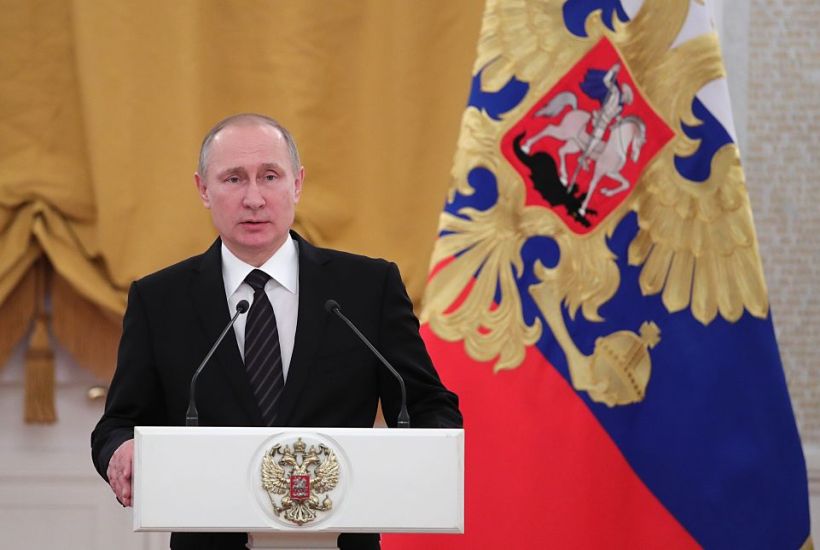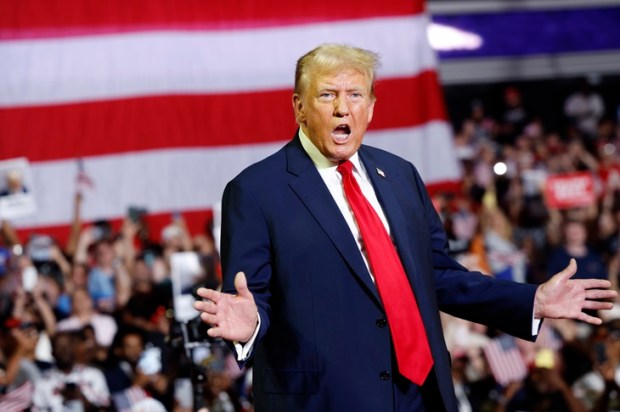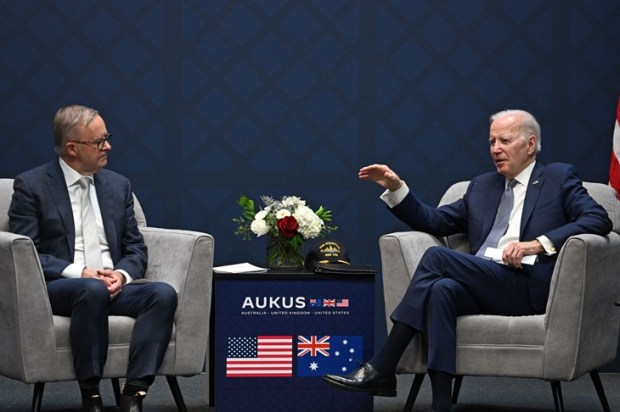This year’s centenary of the 1917 Revolution always had the potential to expose underlying but usually concealed friction within the ‘patriotic majority’ that is the bedrock of the Kremlin’s popular support. The memory of Russia’s last Tsar, Nicholas II (1868-1918) particularly divides contemporary Russia’s ‘Reds’ from its ‘Whites’. (While the former take pride in the Soviet state inaugurated by the Bolshevik coup d’état of October 1917, its achievements and Communist way of life, the latter confess their loyalty to ‘God, Tsar and Fatherland’ and look to the restoration of the historical honour of ‘Old Russia’.
Already a subscriber? Log in
Subscribe for just $2 a week
Try a month of The Spectator Australia absolutely free and without commitment. Not only that but – if you choose to continue – you’ll pay just $2 a week for your first year.
- Unlimited access to spectator.com.au and app
- The weekly edition on the Spectator Australia app
- Spectator podcasts and newsletters
- Full access to spectator.co.uk


























Comments
Don't miss out
Join the conversation with other Spectator Australia readers. Subscribe to leave a comment.
SUBSCRIBEAlready a subscriber? Log in